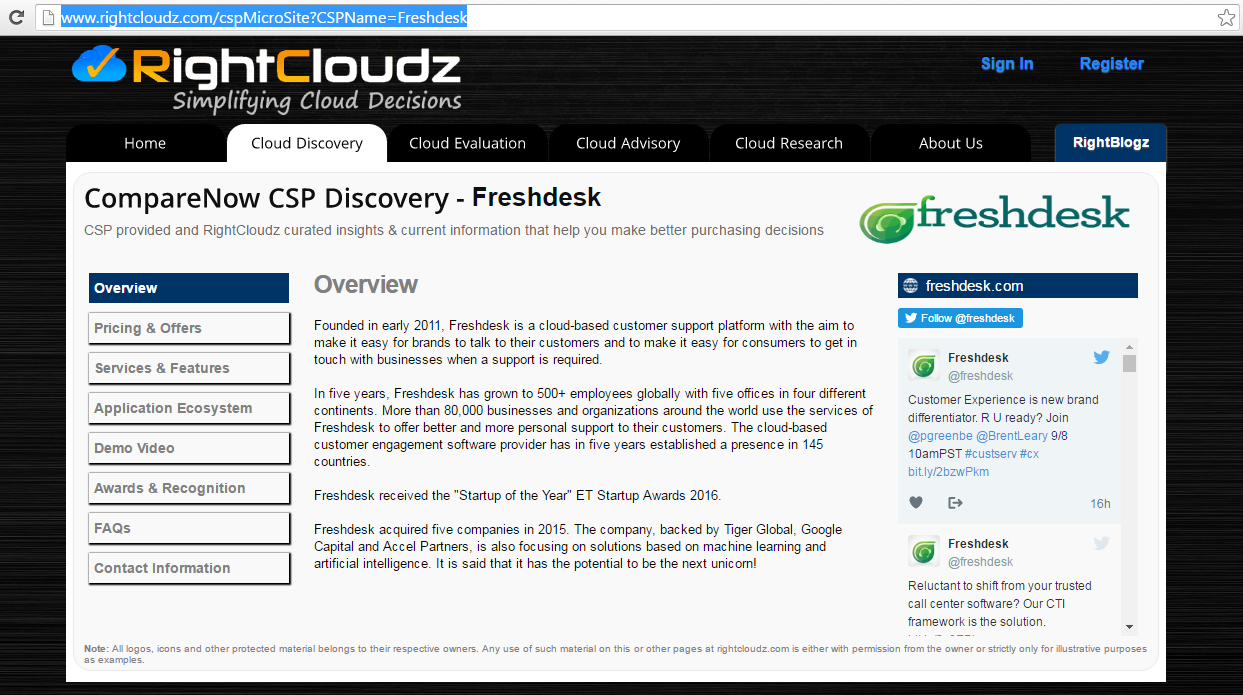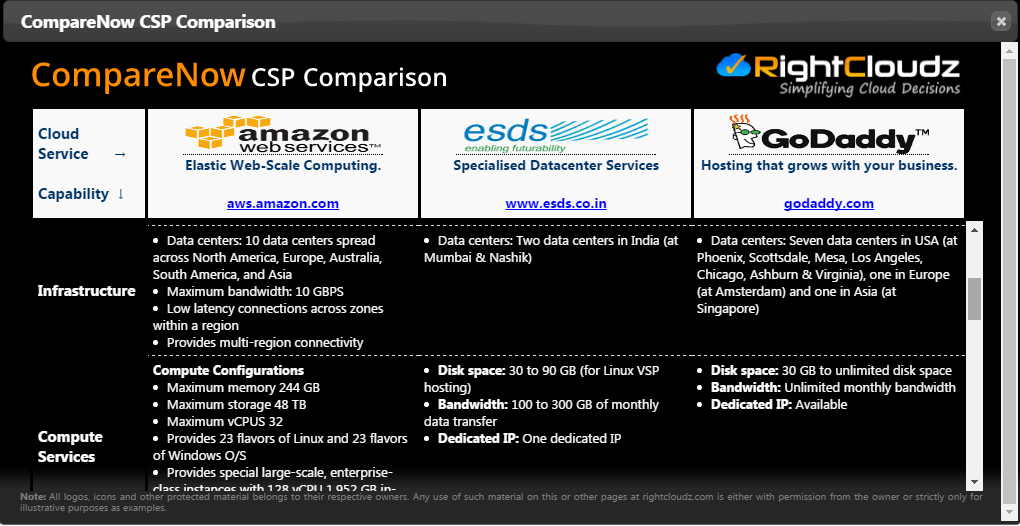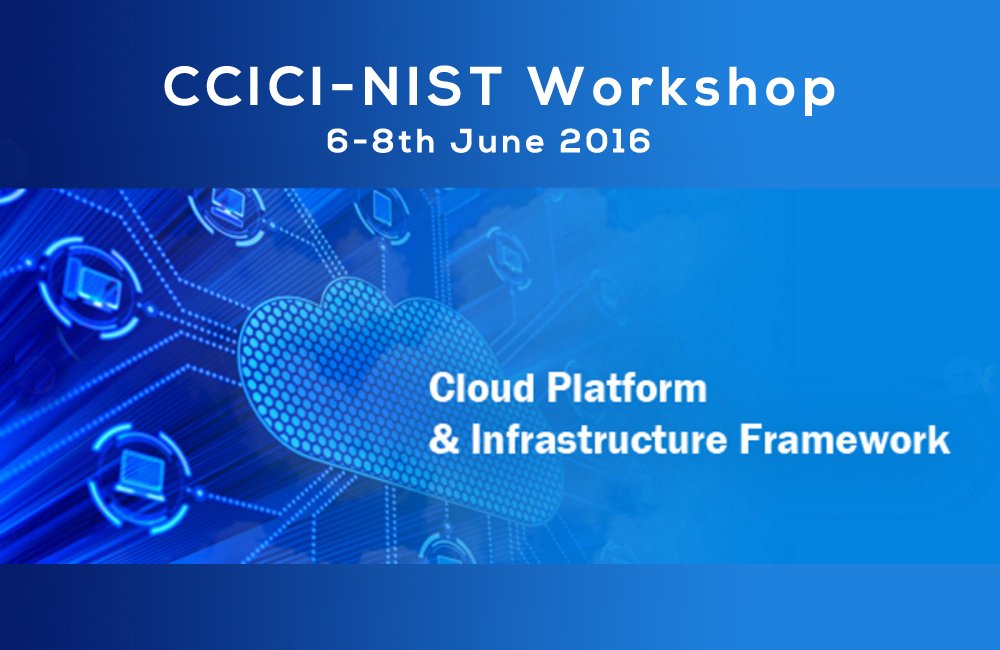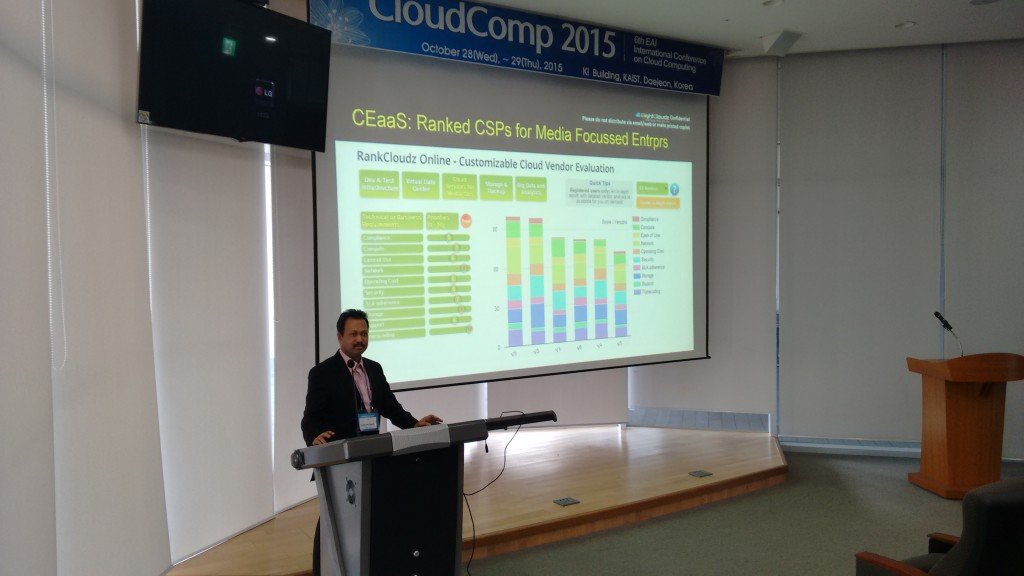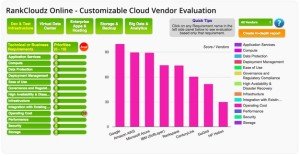Intended Audience: Senior Managers/CxOs
Have you ever tried to evaluate an iPhone only by hardware specifications? Probably not. What makes iPhone stand out from its peers (in a similar price range) is not the hardware specifications only, but the “user experience” — the reliability of the device and the software, the performance, the applications, the ease of use, the services, the ecosystem, and so on.
No, we are not evaluating mobile phones here, but trying to draw a parallel to drive the point in. For a cloud service, it is not just the amount of memory or disk space or the type of processor or network bandwidth that matters, but also the up-time, network latency (edge locations), ease of use of manageability software, availability of 3rd party services/ applications (maturity of the ecosystem), support services and so on will also be important factors in moving to cloud.
So, how does one go about selecting a Cloud Service Provider and migrating to cloud? Well, this process generally consists of multiple phases and one or more steps in each phase. These steps can be grouped into the following five broad phases:
- Assessment and scoping phase: Steps 1 to 3
- Cloud Service Provider (CSP) selection phase: Step 4
- Planning and migration phase: Steps 5 & 6
- Post migration live testing and go-live phase: Step 7
- Review and Revisit Cloud Strategy phase: Steps 8 & 9
Assessment and scoping phase: Steps 1 to 3
Step 1: Identify and document all business and technical requirements. It is very important to be clear on each area that a CSP or it’s services need to reviewed on.
- It helps to start by documenting the usage scenario – what kind of application or workload is intended to be run on the cloud? Is it for development or for deployment of a production system?
- Next, list all the software services required in the cloud in addition to listing all the commercial, open source or custom software to be installed on the instance.
- Finally, list all the specific requirements with their relative importance or priorities.
Key players: CTO/ CIO, data-center manager, CFO (for budgeting/ operating cost).
Output: Detailed requirements document.
Duration: 1-2 weeks.
Step 2: Apply essential or key requirements to create the first shortlist of CSPs to be analyzed. Some of the key requirements could be, (a) geo specific data centers, (b) certifications required for infrastructure, applications; e.g. security certifications, certification for healthcare services, etc., (c) payment options and currency, (d) availability of support engineer during local working hours, and so on.
Key players: CTO/ CIO.
Output: List of key requirements with explanations.
Duration: 1-2 weeks.
Step 3: This is a very important and highly technical phase. The sizing of instances, based on requirements, is finalized in this step along with the list of software that needs to be provisioned. It should be noted at this stage that the resource requirement of each essential software may influence the overall instance sizing requirement. This phase should ideally done by a cloud architect or solution expert and if no in-house expertise available, we recommend getting external consultants to help with this critical phase.
Key players: Cloud architect, CTO/ CIO.
Output: A detailed cloud architecture document along with a list of required software and applications.
Duration: 2-3 weeks (might be more for a complex environment).
Cloud Service Provider (CSP) selection phase: Step 4
Step 4: The organization may create a RFP and contact shortlisted CSPs to respond to the same, and in addition to that work with a trusted, unbiased cloud evaluation agency to help select the best cloud vendor from the shortlisted list.
Key players: Cloud consultant, representatives of CSP, CTO/ CIO; Cloud evaluation agency
Output: A detailed report on CSPs with ranking and analysis based on your requirements (*)
Duration: 2-4 weeks.
Planning and migration phase: Steps 5 & 6
Step 5: Once the CSP has been selected, a detailed migration, deployment and support plan needs to be prepared. This phase can be done by in-house data center experts or by external cloud integrators and migration experts who understand the chosen CSPs ecosystem very well. Typically, a structured “Cloud delivery” team needs to be formed that would
- Plan and execute the cloud migration in phases
- Define project governance
- Arrange required training for employees (on how to use) and for IT staff (on how to manage and support the new cloud environment)
- Test and certify the cloud environment when it is ready for use
Key players: Cloud experts/ architects, CSI/ IT staff, CTO/ CIO.
Output: Cloud migration/ adoption plan, “Cloud delivery” team, rule book for cloud governance, cloud training calendar, and cloud environment readiness certification criteria.
Duration: 2-3 weeks.
In case there is a requirement for hybrid cloud environment to be set up, some additional parameters need to be taken into consideration. A hybrid cloud deployment could potentially be a complex process, but if planned well can give significant benefits to organizations looking to continue deriving value from their existing IT investments. (We shall talk about hybrid cloud deployment in another article.)
Step 6: Execution is the mantra at this step. The tasks as identified in step-5 are executed.
Key players: CSI/ IT staff, “Cloud delivery” team, cloud users of the organization.
Output: A cloud enabled working environment, cloud literate employees, cloud administrators (from IT staff).
Duration: 6-12 weeks (depending upon the complexity of the environment).
Post migration live testing and go-live phase: Step 7
Step 7: Testing of the live production system and go-live to users. This is an essential phase to ensure that no functionality regression has been introduced during the migration and also to ensure that all the cloud management and monitoring processes are working as expected.
Key players: All users, Cloud Management team, Cloud Delivery team.
Output: Efficient, cloud enabled environment that meets all business requirements.
Duration: 2-4 weeks for testing and fixing of issues found; continuous use.
Review and Revisit Cloud Strategy phase: Steps 8 & 9
Step 8 This is an optional step, but can prove to be real beneficial. We suggest that this phase kicks in somewhere between one and three years from the initial deployment. This step can be termed as corporate cloud health-check-up where existing cloud services are re-evaluated to check if they are continuing to meet the requirements of the organization’s needs. This step is required to stay current with the advancements in cloud technologies and to take full benefit from those.
Key players: Cloud expert, CTO/ CIO.
Output: A detailed list of areas where the current cloud strategy needs to be re-looked.
Duration: 2-3 weeks.
Step 9: This step may or may not be required depending on the findings of Step 8. A careful review and decision making process is required to decide when to initiate this step — doing it too early might result in productivity loss and delaying it too much may mean continuing with dated cloud systems and thus missing out on the benefits of the new advancements in cloud technologies.
Key players: Cloud expert, CTO/ CIO, CFO, CEO.
Output: A repeat of many steps from Phases-I to IV.
Duration: As required.
In summary, the overall “experience” with cloud migration really depends on how well the requirements were identified, and more importantly how well those requirements were fulfilled by the selected Cloud Service Provider. This should not be done casually or with assumption that the migration strategy of another enterprise would also work for the enterprise in question, because each enterprise is unique and has unique requirements, and so a careful evaluation of all aspects and planning is highly recommended.
(*) To see a sample “Cloud service provider recommendation report”, please visit www.rightcloudz.com and use RankCloudz.

